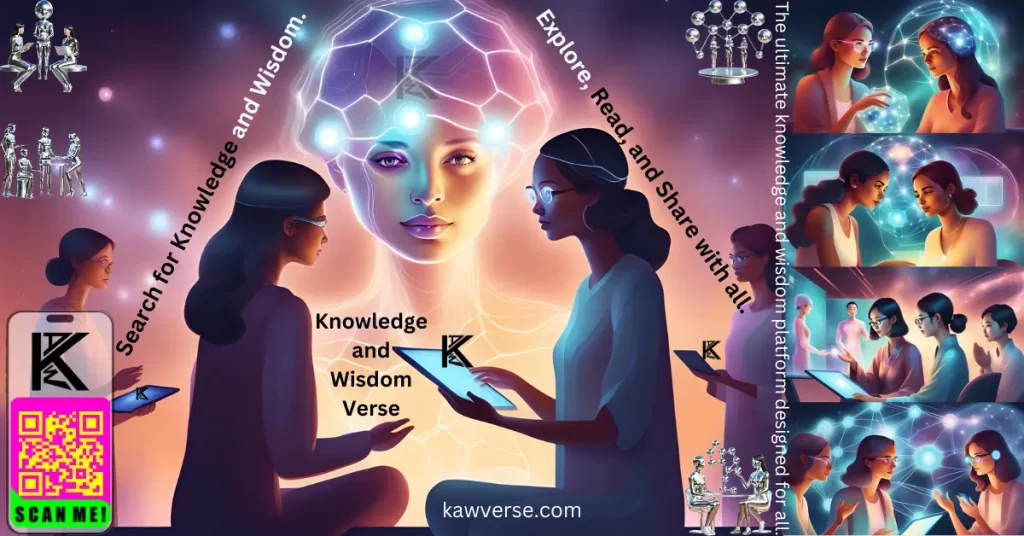The letter E is one of the most frequently used characters in the English language and plays a pivotal role in written and spoken communication. This article explores the letter E in depth, offering insights into its history, applications, and significance. Whether you’re a language enthusiast, an educator, or simply curious about the building blocks of language, this guide will provide value and inspiration.
Benefits of Reading This Article
- Understand the significance of the letter E in language and communication.
- Discover real-world applications and interesting facts about E.
- Learn how E influences modern trends in linguistics and digital communication.
- Explore actionable insights for educators, writers, and learners.
Definition of the Letter E
The letter E is the fifth letter of the English alphabet and is classified as a vowel. It is derived from the Greek letter epsilon (Ε, ε) and has been a cornerstone of language for centuries. As the most frequently occurring letter in English, it appears in over 11% of all written words. Examples of its usage include:
- Everyday words: “elephant,” “energy,” “excellent.”
- Silent roles: In words like “time” and “game,” where it modifies the preceding vowel.
Comparatively, its frequency and versatility surpass that of other vowels such as A and O, making it an essential element of English communication.
Target Audience
This article is tailored for:
- Beginners: Language learners or young students exploring the alphabet.
- Intermediates: Writers, educators, and communicators seeking to optimize their use of E.
- Experts: Linguists and researchers analyzing phonetics, frequency, and usage patterns.
Regardless of your familiarity with the letter E, this guide offers valuable insights and actionable knowledge.
Applications and Real-World Use Cases
The letter E’s ubiquity makes it indispensable in various domains:
1. Education
E appears in fundamental concepts such as the “vowel” classification and the “silent E rule” that transforms words (e.g., “hat” to “hate”). It’s essential in teaching reading and spelling.
2. Linguistics
Linguists study E’s frequency to understand linguistic patterns. For example:
- The letter is crucial in cryptographic analyses due to its high occurrence in texts.
3. Digital Communication
E dominates in online communication, hashtags, and URLs. It’s integral in email and e-commerce, reinforcing its prevalence in the digital age.
4. Technology and AI
From coding languages to algorithms analyzing text, E often emerges as a focal point due to its frequency and relevance in datasets.
Relevance and Importance
Why does the letter E matter?
Frequency in Language
The letter E’s dominance in texts—from classic literature to modern messaging—makes it central to language comprehension and cryptographic applications.
Cultural Significance
E is symbolic in various contexts, such as mathematics (Euler’s number), science (energy formulas), and branding (e.g., e-books, e-commerce).
Accessibility
In technology, E enables clearer communication for diverse audiences, including assistive technologies that rely on common letter frequencies to predict user input.
Current Trends
E’s relevance extends to:
- Voice search optimization: Many voice-activated systems rely on vowel-heavy queries.
- Generative AI: Text generation models prioritize letters like E for natural, human-like language outputs.
Types and Subtopics
E manifests in various forms, each with unique implications:
1. Phonetic Variations
E can represent multiple sounds, such as the short sound in “pen” and the long sound in “me.”
2. Silent E
A transformative element that alters word meanings and pronunciations.
3. Capital and Lowercase Forms
Distinct in appearance, each form serves specific purposes in writing and typography.
4. Digital Representations
In ASCII, E is represented by 69 (uppercase) and 101 (lowercase), showcasing its adaptability in digital formats.
Key Takeaways
- The letter E is the most frequently used letter in English, critical for effective communication.
- Its roles in education, technology, and culture demonstrate its versatility.
- Understanding E’s applications and phonetic variations enhances linguistic competence.
FAQs
1. Why is E the most frequently used letter?
E’s prevalence stems from its central role in forming common words and its multiple phonetic representations.
2. What is the “silent E rule”?
It’s a spelling rule where E at the end of a word modifies the preceding vowel’s sound (e.g., “hat” becomes “hate”).
3. How does E influence cryptography?
Cryptographers analyze E’s frequency in text to decode encrypted messages, as it’s a predictable and common element.
4. What makes E critical in digital communication?
E dominates online text and is integral in e-commerce, email, and voice-based systems.
Next Steps and Future Directions
- For learners: Explore words and phrases that highlight E’s phonetic versatility.
- For educators: Incorporate E-focused exercises to enhance language comprehension.
- For linguists and AI developers: Continue researching E’s role in natural language processing and communication.
Emerging Trends
- The integration of E in predictive text and AI-powered tools.
- Increased analysis of vowel usage in global languages to improve cross-linguistic AI models.
Conclusion
The letter E is far more than a simple character; it’s a foundational pillar of language, culture, and technology. Its frequency, versatility, and transformative power make it a subject worthy of exploration for everyone. By understanding the nuances of E, we unlock deeper insights into the way we communicate, learn, and innovate.
Explore, engage, and embrace the power of E!


Leave a Reply
You must be logged in to post a comment.